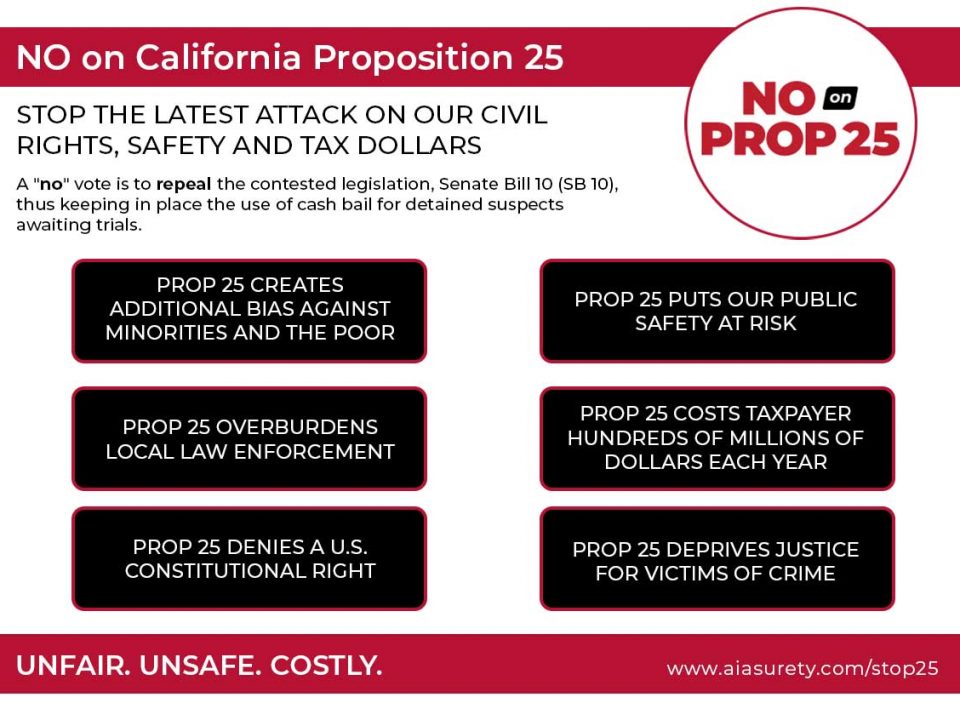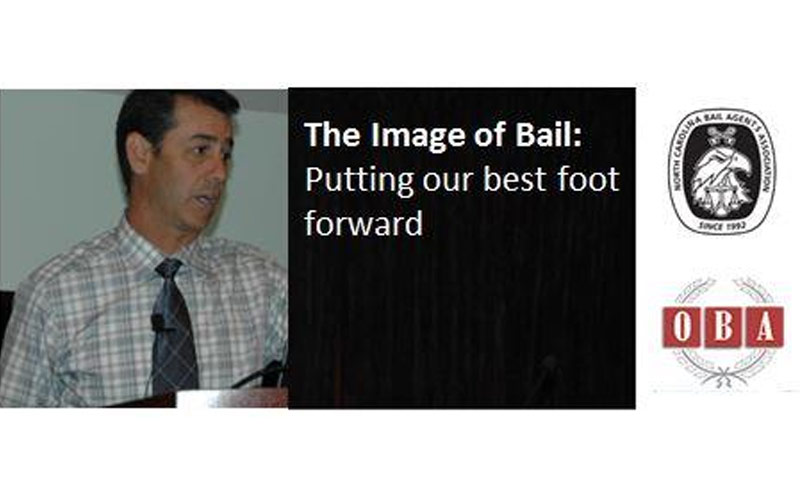- Need a bail bond?
- (800) 938-2245
- [email protected]
Time to Think Outside the Cell Block
THE NATION'S LARGEST BAIL BOND NETWORK
(800) 938-2245

FIND A LOCAL BAIL BOND AGENT NOW
The ExpertBail Network is comprised of the industry’s best, most experienced and most trusted bail bond agents.
- Nationwide bail bonds. Anywhere. Anytime.
- Largest network of local bail agents in every state bail can be written.
- Raising the standards in the bail industry.
- Fast and Reliable.
- Se Habla Español.

Read the article written by Nina Salarno Ashford of Californians United for Public Safety. Nina explains how post-conviction bail for certain non-violent offenders offers a promising approach to ease jail overcrowding, increase public protection and increase the success of jail alternatives, at no added cost to taxpayers.
Over the next three years, 39,000 California prison inmates will be shifted from state prisons to local facilities under AB 109’s “realignment” plan – even though most counties lack the jail space and resources to safely house and supervise them. The state promises money, but we’ve heard this song before.
To ensure the realignment doesn’t spark a public safety disaster, California urgently needs to think outside the “cell block” to find creative new ways for protecting the public with fewer staff and financial resources, without further fueling local budget meltdowns.
One promising approach is post-conviction bail for certain non-violent offenders, which would provide them with a very real incentive to comply with court-ordered alternatives to jail time, such as reporting to their probation officers, job training and substance abuse rehabilitation. This would help ease jail overcrowding, provide the public with a new level of protection, and increase the success of jail alternatives, at no added cost to taxpayers.
Bail bonds and bail agents have been a successful part of California’s criminal justice system for decades. Studies show that defendants released on bail are more likely to appear in court, and far less likely to commit crimes while awaiting trial. Bail bonds work because the defendant has a financial incentive to comply with court orders. When individuals are financially invested in an agreement, they are more likely to take their obligations seriously. Moreover, because bond guarantees are often co-signed by family or friends, the bond creates a network of supporters who have a vested economic interest in assuring that the defendant behaves as promised.
Post-conviction bail would offer the same powerful incentives. At a judge’s discretion, certain non-violent offenders would be given the option to post a surety bond, allowing them to serve all or a portion of their sentence out of custody. The bond would be administered by a bail agent licensed by the California Department of Insurance, in an amount set by the judge.
While a bail bond assures that a defendant will show up in court for trial, the post-conviction bond would be linked to whether the defendant complies with the terms of his or her probation. If the defendant fails to comply, the bond money would be forfeited to the county and the bail agent would track and return the offender to court – at the expense of the bail agent, not taxpayers. Instead of draining local revenues, post-conviction bonds would generate money for local government with the occasional bond forfeiture, along with an increase in the number of premium taxes paid by local bail agents.
Post-conviction bail would also help lighten the load for local probation and law enforcement officers who are already stretched dangerously thin. And most importantly, it would help avert the public safety disaster realignment could cause if thousands of inmates are released onto the streets without accountability or a real incentive to change their lives.
Original Article By Nina Salarno Ashford
Chair, Californians United for Public Safety

ExpertBail’s Next Super Star Pet
July 14, 2011
Los Angeles Commuters Brace For Carmageddon
July 15, 2011Time to Think Outside the Cell Block
Read how post-conviction bail offers a promising approach to ease jail overcrowding, increase public protection and increase the success of jail alternatives, at no added cost to taxpayers.
Read the article written by Nina Salarno Ashford of Californians United for Public Safety. Nina explains how post-conviction bail for certain non-violent offenders offers a promising approach to ease jail overcrowding, increase public protection and increase the success of jail alternatives, at no added cost to taxpayers.
Over the next three years, 39,000 California prison inmates will be shifted from state prisons to local facilities under AB 109’s “realignment” plan – even though most counties lack the jail space and resources to safely house and supervise them. The state promises money, but we’ve heard this song before.
To ensure the realignment doesn’t spark a public safety disaster, California urgently needs to think outside the “cell block” to find creative new ways for protecting the public with fewer staff and financial resources, without further fueling local budget meltdowns.
One promising approach is post-conviction bail for certain non-violent offenders, which would provide them with a very real incentive to comply with court-ordered alternatives to jail time, such as reporting to their probation officers, job training and substance abuse rehabilitation. This would help ease jail overcrowding, provide the public with a new level of protection, and increase the success of jail alternatives, at no added cost to taxpayers.
Bail bonds and bail agents have been a successful part of California’s criminal justice system for decades. Studies show that defendants released on bail are more likely to appear in court, and far less likely to commit crimes while awaiting trial. Bail bonds work because the defendant has a financial incentive to comply with court orders. When individuals are financially invested in an agreement, they are more likely to take their obligations seriously. Moreover, because bond guarantees are often co-signed by family or friends, the bond creates a network of supporters who have a vested economic interest in assuring that the defendant behaves as promised.
Post-conviction bail would offer the same powerful incentives. At a judge’s discretion, certain non-violent offenders would be given the option to post a surety bond, allowing them to serve all or a portion of their sentence out of custody. The bond would be administered by a bail agent licensed by the California Department of Insurance, in an amount set by the judge.
While a bail bond assures that a defendant will show up in court for trial, the post-conviction bond would be linked to whether the defendant complies with the terms of his or her probation. If the defendant fails to comply, the bond money would be forfeited to the county and the bail agent would track and return the offender to court – at the expense of the bail agent, not taxpayers. Instead of draining local revenues, post-conviction bonds would generate money for local government with the occasional bond forfeiture, along with an increase in the number of premium taxes paid by local bail agents.
Post-conviction bail would also help lighten the load for local probation and law enforcement officers who are already stretched dangerously thin. And most importantly, it would help avert the public safety disaster realignment could cause if thousands of inmates are released onto the streets without accountability or a real incentive to change their lives.
Original Article By Nina Salarno Ashford
Chair, Californians United for Public Safety



